Container Gardening for Pollinators: Flowers That Attract Bees, Butterflies, and Hummingbirds
Hey there,
Gardens bursting with life and color aren’t just a feast for the eyes; they play a crucial role in supporting our planet’s biodiversity. Container gardening can significantly contribute to this cause by attracting essential pollinators like bees, butterflies, and hummingbirds. Yet, these vital creatures face numerous challenges, from habitat loss to pesticide exposure. One way to help is by creating a pollinator-friendly container garden, an oasis that can thrive in even the smallest spaces.
This article explores the benefits of creating a pollinator-friendly container garden and provides comprehensive guidance on achieving it.
This site contains affiliate links. I may earn a small commission, at no extra cost to you. I’d appreciate it if you can support me.
The Importance of Pollinators in Your Garden
Pollinators are the heroes of the plant world. Bees, butterflies, and hummingbirds are crucial to the health and productivity of gardens. Their work facilitates the reproduction of over 75% of flowering plants and nearly 35% of global crops. By moving pollen from one flower to another, these diligent workers enable plants to produce fruits, seeds, and the next generation of flora. Without pollinators, many plants we rely on for food and beauty would struggle to reproduce, leading to diminished biodiversity and weakened ecosystems.
Benefits of a Pollinator-Friendly Container Garden
A pollinator-friendly container garden offers lots of benefits. A container garden designed with pollinators in mind can transform even the smallest urban spaces into vibrant sanctuaries. These gardens enhance the aesthetic appeal of your living space, support local wildlife, contribute to environmental health, and promote biodiversity. Additionally, they offer flexibility, allowing you to move plants to optimize sunlight exposure, protect them from pests, and extend their blooming season.
Understanding Pollinators
Pollinators are a diverse group, each with unique preferences and behaviors that influence their role in the garden.
Overview of Key Pollinators: Bees, Butterflies, and Hummingbirds
Each type of pollinator brings unique benefits to your garden. Bees are prolific pollinators, with their fuzzy bodies adept at transferring pollen. Butterflies, with their long proboscises, can access deep, tubular flowers that other pollinators might miss. Hummingbirds, drawn to bright and tubular blooms, are crucial for pollinating certain flowers that require their specialized feeding method. Together, these pollinators ensure a diverse and resilient garden. Each type of pollinator requires specific plants and conditions to thrive.
How Pollinators Help Your Garden Thrive
Pollinators increase biodiversity and ensure robust plant health. By encouraging cross-pollination, they enhance genetic diversity, leading to stronger plants more resistant to diseases and pests. This natural synergy between plants and pollinators results in a vibrant and resilient garden ecosystem.
Choosing the Right Containers
Selecting the appropriate containers is fundamental to creating a thriving pollinator garden.
Best Types of Containers for Pollinator Gardens
Choose containers that provide adequate space for growing the roots and stability to prevent tipping. Materials like terracotta, ceramic, and wood offer good insulation against temperature fluctuations, while plastic containers are lightweight and easy to move. Terracotta is porous and allows breathing, while wooden planters or wooden barrels offer natural insulation. Recycled containers provide an eco-friendly option that can add character to your garden.
If you’d like to make your own DIY planter, read my post here and here!
Ensure the containers complement your garden’s aesthetic while fulfilling your plants’ needs.
Securing Proper Drainage and Space for Roots
Proper drainage is essential to prevent waterlogging, which can lead to root rot and other issues. Choose containers with drainage holes and consider using a layer of gravel or broken pottery at the bottom to enhance drainage. The size of the container should match the root system of the plant to provide enough space for growth.
Ideal Soil Mix for Pollinator Plants
Soil is the foundation of a healthy garden. The right mix provides nutrients, retains moisture, and supports root development.
A high-quality, well-draining potting mix is essential. Combine garden soil with compost and perlite or vermiculite to ensure good aeration and moisture retention. This mix provides essential nutrients while allowing excess water to escape, creating an optimal environment for your plants.
Adding organic amendments like compost, worm castings, or bone meal can significantly enhance soil fertility. These natural fertilizers release nutrients slowly, promoting sustained growth and vibrant blooms. Organic matter improves soil structure, increases water retention, and supports beneficial microbial activity for healthy, flowering plants.
Top Flowers for Attracting Bees
Bees are attracted to a variety of flowers, particularly those that are rich in nectar and pollen.
Plants like lavender (Lavandula sp.), coneflowers (Echinacea spp.), black-eyed Susan (Rudbeckia hirta), and bee balm (Monarda sp.) are excellent choices. These plants are adapted to your region’s climate and soil, providing bees with familiar and reliable food sources.
Bees are attracted to bright colors, especially blue, purple, and yellow. They are also drawn to sweet, fragrant flowers like hyssop (Hyssopus officinalis) and thyme (Thymus vulgaris). When selecting plants, choose varieties that bloom prolifically and continuously, ensuring a steady food supply for bees throughout the growing season.
Best Flowers to Attract Butterflies
Butterflies seek out flowers that offer easy access to nectar and provide suitable places to lay their eggs.
Plants such as milkweed (Asclepias sp.), lantana (Lantana camara), zinnias (Zinnia elegans), and marigolds (Tagetes sp.) are butterfly magnets. These flowers provide easy access to nectar and are available in vibrant colors that attract butterflies.
To support the full lifecycle of butterflies, include host plants like dill (Anethum graveolens), parsley (Petroselinum crispum), and milkweed (Asclepias sp.), where butterflies can lay their eggs and caterpillars can feed.
Top Flowers for Hummingbirds
Hummingbirds are particularly attracted to tubular flowers that accommodate their long beaks and tongues.
Flowers like trumpet vine (Campsis radicans), fuchsia (Fuchsia sp.), and salvia (Salvia officinalis) are perfect for attracting hummingbirds. Their bright red, orange, or pink colors and tubular shapes are ideal for these pollinators.
Choose plants that bloom at different times throughout the season to keep hummingbirds returning. Combine early bloomers like columbine (Aquilegia sp.) with mid-season flowers like cardinal flowers (Lobelia cardinalis) and late bloomers like bee balm (Monarda sp.). This ensures a continuous supply of nectar throughout the growing season.
Designing Your Pollinator Container Garden
A well-designed pollinator garden combines aesthetic appeal with functionality, providing a habitat that attracts and supports pollinators.
Mixing different colors, shapes, and textures creates a visually stunning garden. Combine tall, spiky plants with low, spreading ones, and blend various colors to create a vibrant display that appeals to both pollinators and the human eye.
Position your containers strategically to maximize pollinator visits. Group plants with similar sunlight and watering needs together. Group containers of different heights and sizes to create layers, allowing pollinators easy access to various plants. Place taller containers at the back and shorter ones in the front to ensure all flowers are visible and accessible.
Watering and Maintenance Tips
Proper care and maintenance are crucial for keeping your pollinator plants healthy and attractive.
Water containers thoroughly but less frequently to encourage deep root growth. Early morning watering reduces evaporation and allows plants to absorb moisture before the heat. You can use mulch on top of the soil to retain moisture and reduce the need for frequent watering.
Keeping Your Pollinator Plants Healthy and Vibrant
Regularly inspect your plants for signs of pests or disease. Remove any affected leaves or flowers promptly. Deadhead spent flowers to encourage new blooms. Prune plants to maintain shape and remove any diseased or damaged parts to keep your garden healthy and thriving. Fertilize periodically with organic plant food.
Creating a Seasonal Planting Plan
Planning for different seasons ensures your container garden provides a continuous food supply for pollinators.
Spring Blooms to Kickstart Your Pollinator Garden
Early bloomers like crocuses (Crocus sp.), primroses (Primula sp.), pansies (Viola sp.), and daffodils (Narcissus sp.) provide essential nectar sources as pollinators emerge in spring. Plant them in containers placed in sunny spots to give your space a vibrant start.
Summer and Fall Flowers for Continuous Attraction
As the seasons progress, plants like sunflowers (Helianthus annuus) offer sustenance. Extend the blooming period into fall with asters (Aster sp.), goldenrods (Solidago sp.), and sedum (Sedum sp.), ensuring your garden remains a haven for pollinators as the season winds down.
Pesticide-Free Gardening Practices
Avoiding pesticides is crucial for creating a safe environment for pollinators.
Use natural pest control methods like introducing beneficial insects, using neem oil, or creating homemade insecticidal soaps. Companion planting with herbs like basil or marigold can also deter pests naturally.
Chemical pesticides can be lethal to pollinators. Even those labeled as safe can have detrimental effects, so it’s best to avoid them altogether. By choosing organic and natural methods, you protect pollinators and the environment.
Adding Extra Features for Pollinators
Enhancing your garden with additional features can make it even more attractive to pollinators.
Bee hotels provide nesting sites for solitary bees, while butterfly houses offer resting places. To encourage occupancy, take them in sheltered areas, away from strong winds and direct sunlight. These structures can increase the number of pollinators visiting your garden.
Pollinators need water as much as nectar. Provide shallow dishes with pebbles or floating corks for butterflies and bees to land on while drinking. Install a small birdbath or a drip fountain to attract hummingbirds. Regularly clean and refill these water sources to keep them fresh and inviting.
Conclusion
Creating a pollinator-friendly container garden is a rewarding endeavor that benefits both you and the environment. With careful planning and attention to detail, you can attract a variety of pollinators, enhancing your garden’s beauty and productivity. Beyond the practical benefits, supporting pollinators brings a sense of fulfillment. Watching bees, butterflies, and hummingbirds thrive in your garden is a joyful experience. By contributing to their survival, you play a crucial role in preserving our planet’s ecological balance. Embrace the journey of creating a pollinator haven and enjoy the vibrant, buzzing life it brings.
The photos have been collected from Pinterest and/ or Instagram. I am not the owner of these photos, if it’s yours and you can provide me with a link to your work, I am more than happy to properly credit your work. If you wish your photo to be removed, please let me know which one is the one that you own and wish to be removed.
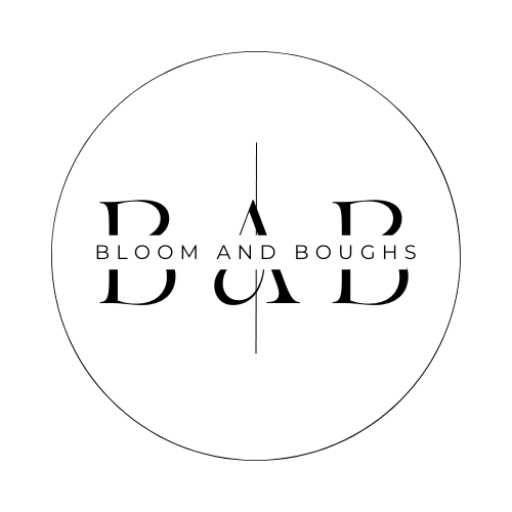
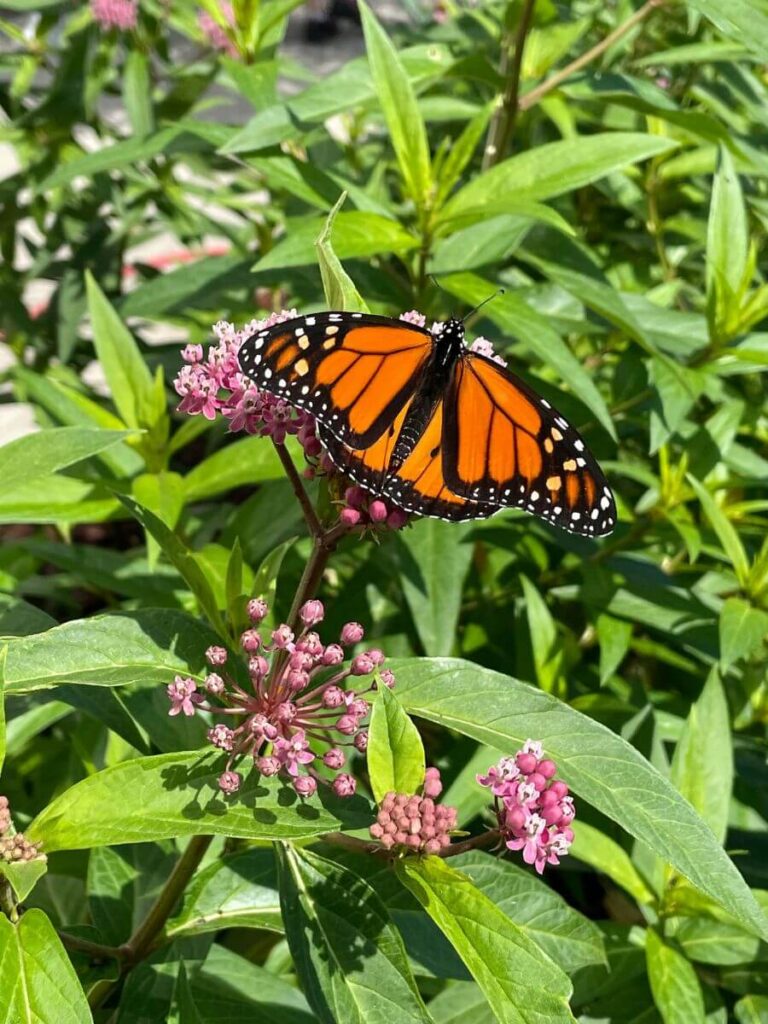
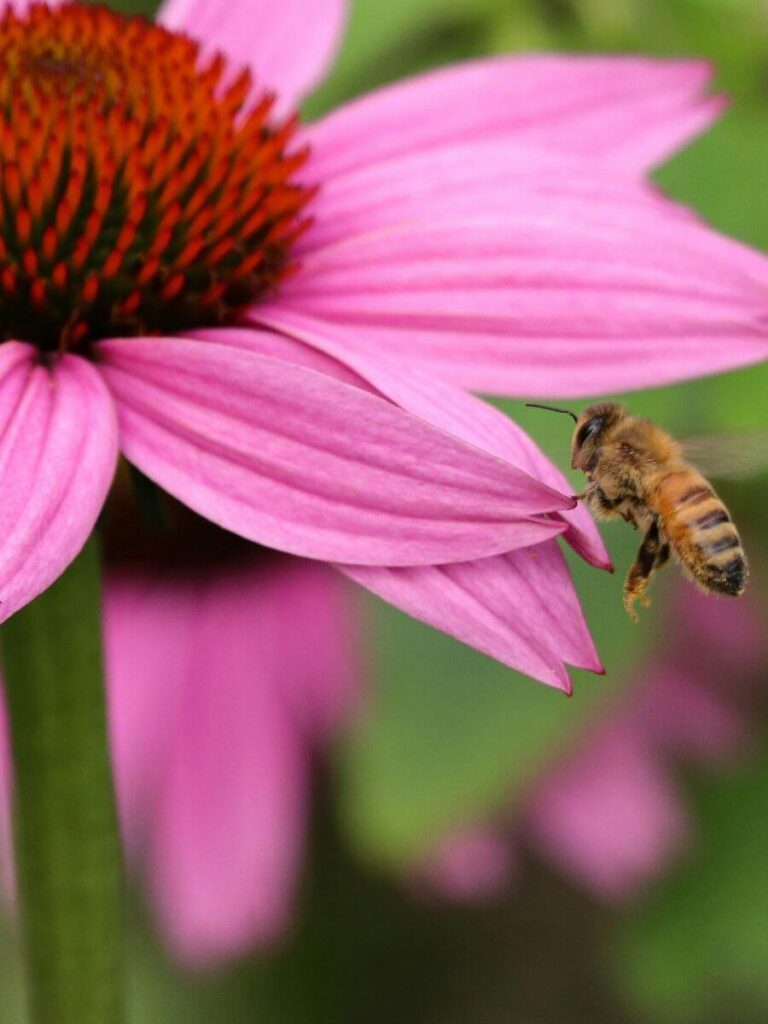





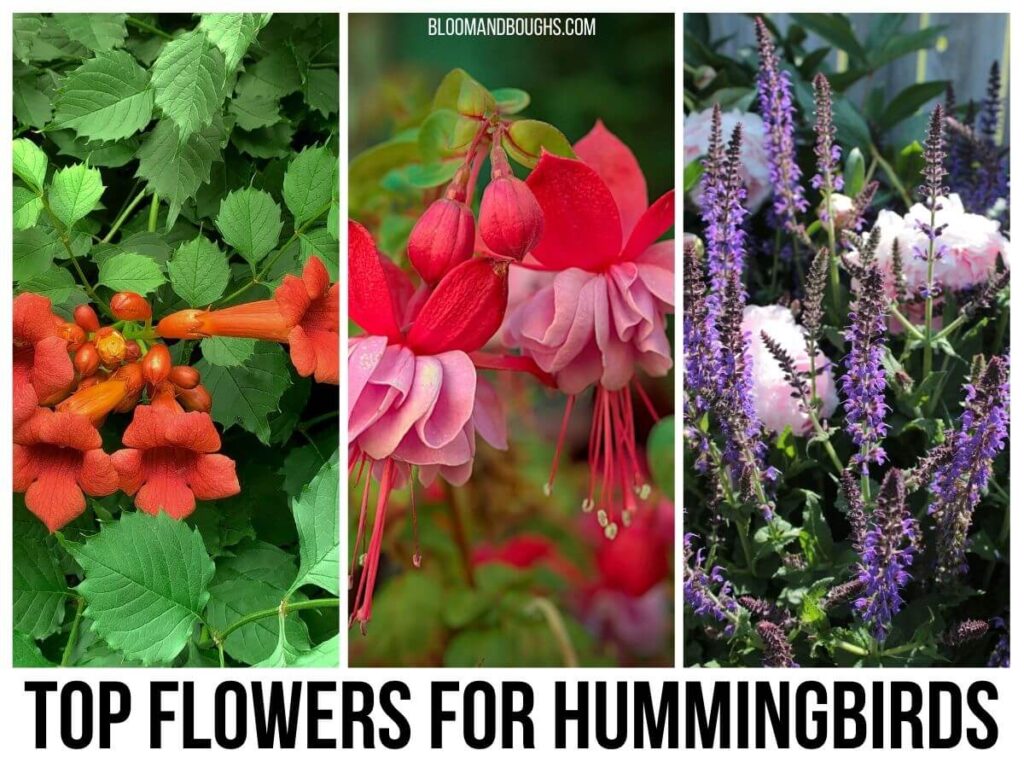
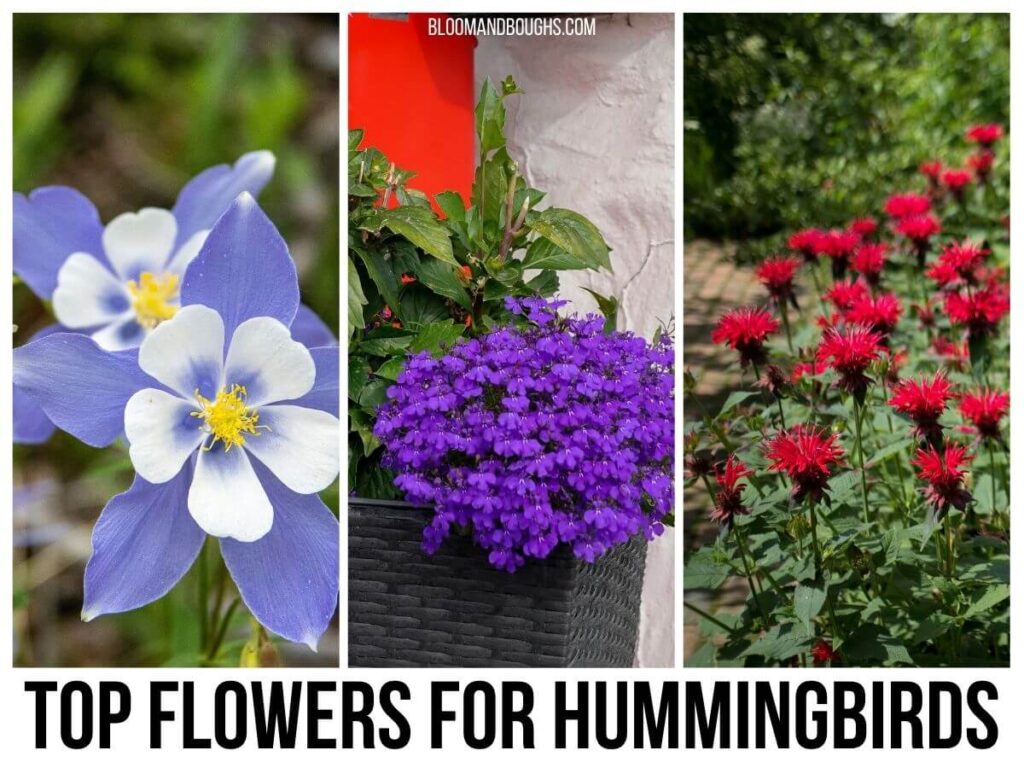


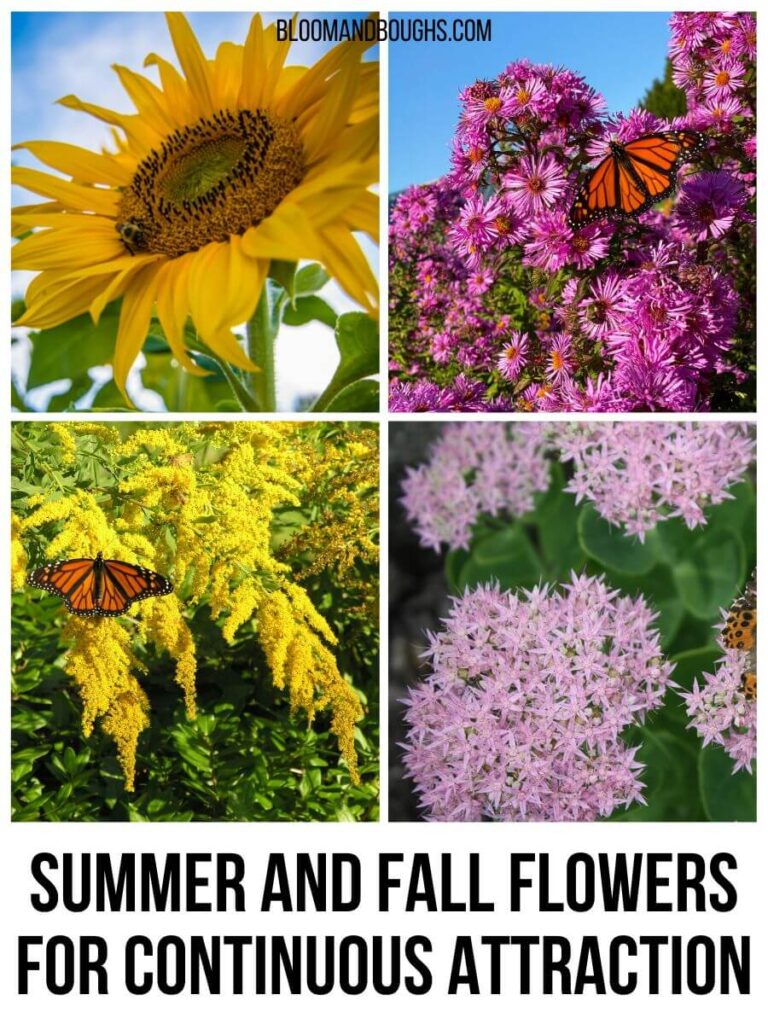
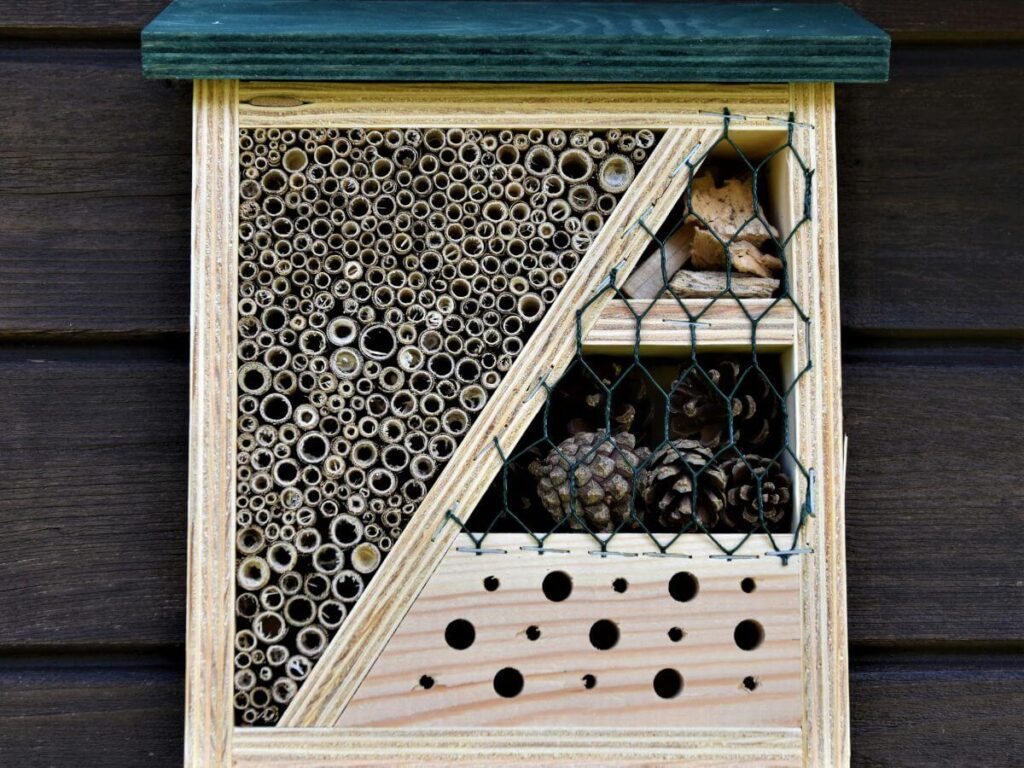

0 Comments